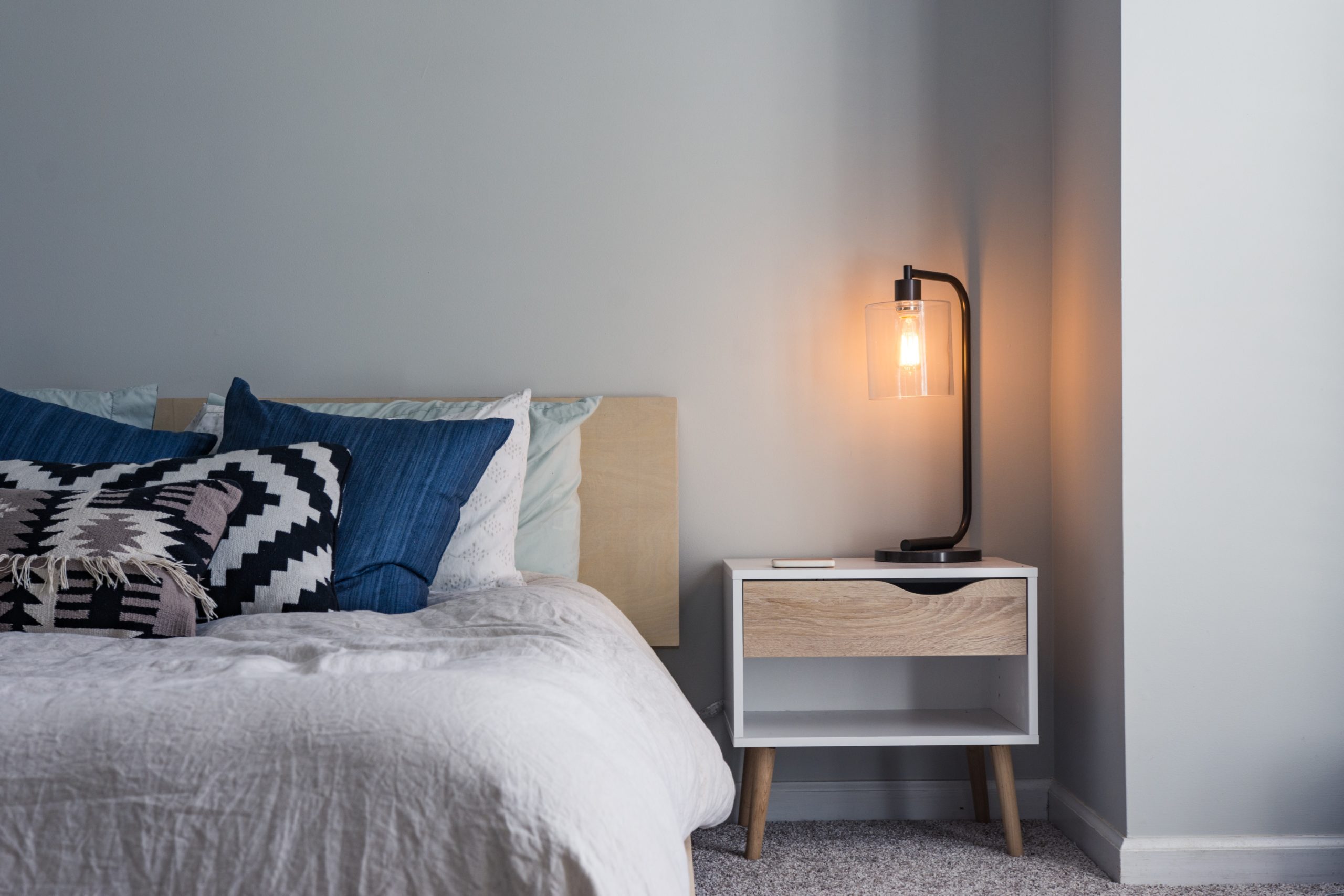By Adam Leitman Bailey and Dov Treiman
Part I
Single-room occupancy housing, or more commonly called SROs, exist throughout New York City. When purchasing such a dwelling without the proper paperwork, you will not be able to obtain a permit to do renovations, a buyer cannot evict the residents who are rent-regulated tenants, and the owner may be required to maintain the upkeep for the tenants in possession which may include maid service and changing the tenants’ linens.
Most of these dwellings contain single rooms without a bathroom, kitchen or shower which resides on another side of the floor in a shared capacity. SRO buildings are a relic of a past city hanging onto to a way of living that has long been abandoned.
This article attempts to explain the laws of single-room occupancy buildings standing in the shoes of the purchaser or owner attempting to turn these dwellings into one-family or multi-family housing without restrictions.
Governing SRO Laws
The laws governing SROs are divided among the Administrative Code, Multiple Dwelling Law (MDL), and the Rent Stabilization Code (RSC). As a result, SROs exist in apartment hotels, lodging houses, rooming houses with fewer than 30 units, and residential buildings. While certain laws seek to hold steady the number of SROs, the law has also placed barriers upon their construction and conversion.
The NYC Administrative Code (Admin. Code) §27-2077(a) states, “no rooming unit which was not classified…prior to May fifteenth, nineteen hundred fifty-six, shall be created in any dwelling, whether such conversion is effected with or without physical alterations.”1
Qualifying as an SRO Tenant
The MDL §4(16) defines an SRO as being “the occupancy by one or two persons of a single room, or of two or more rooms which are joined together, separated from all other rooms within an apartment in a multiple dwelling, so that the occupant or occupants thereof reside separately and independently of the other occupant or occupants of the same apartment.” The bulk of the law describing the basic requirements for an SRO is to be found in MDL §248,2 a statute specifying everything from towels to fire proofing in such dwellings.
While the overwhelming majority of SRO units in the city are occupied by single persons, MDL §248(12) does allow two adults, an adult plus a child who is 12 years old or more, an adult plus two children under 12 (but over two years old), or the previous combinations plus any number of toddlers under two years old. That said, the social welfare agencies strongly discourage any minors being in occupancy at all.
Under RSC §2520.11(g), for coverage, an SRO building must house six or more units, have been built on or before July 1, 1969, where the rent at that time was not greater than $88 weekly, or $350 monthly, and is occupied by a permanent tenant. The RSC covers both MDL class “A” and “B” dwellings, provided the dwelling meets the requisite demands of time and rent charged.3Under MDL §248, the building owner must provide certain necessary amenities such as heating, lighting, available laundry services, means of egress for each sleeping room, hot and cold water in the restrooms, a competent manager, and competent watchmen in charge of the premises.4
Permanent Tenants
Under RSC §2520.6(j), individuals and their families may become permanent tenants in one of three ways: Residing in a “hotel” continuously for six months;5 requesting a lease of six months or more, which the landlord must then furnish within 14 days; or residing in a property pursuant to a lease of six months or greater. 6 When an occupant becomes a permanent tenant, owners must then take caution when they seek to alter, demolish, or convert the building that they comply with the Administrative Code, with specific regard to obtaining a Certificate of No Harassment (CONH). However, Admin. Code §26-521 combines with the RSC to prohibit evictions of SRO tenants where the tenant has lawfully occupied the premises for 30 consecutive days, while permitting eviction prior to 30-days occupancy.7
Where an SRO unit comes under rent stabilization, the usual rules requiring a tenant to use the premises as his/her primary residence, refrain from subletting, and pay rent on time come into play. If the unit is not subject to rent stabilization, the owner has no motivation to recover the unit on any theory more elaborate than that the term for the unit has simply come to an end.
This was originally published on ALBarticles.com.

